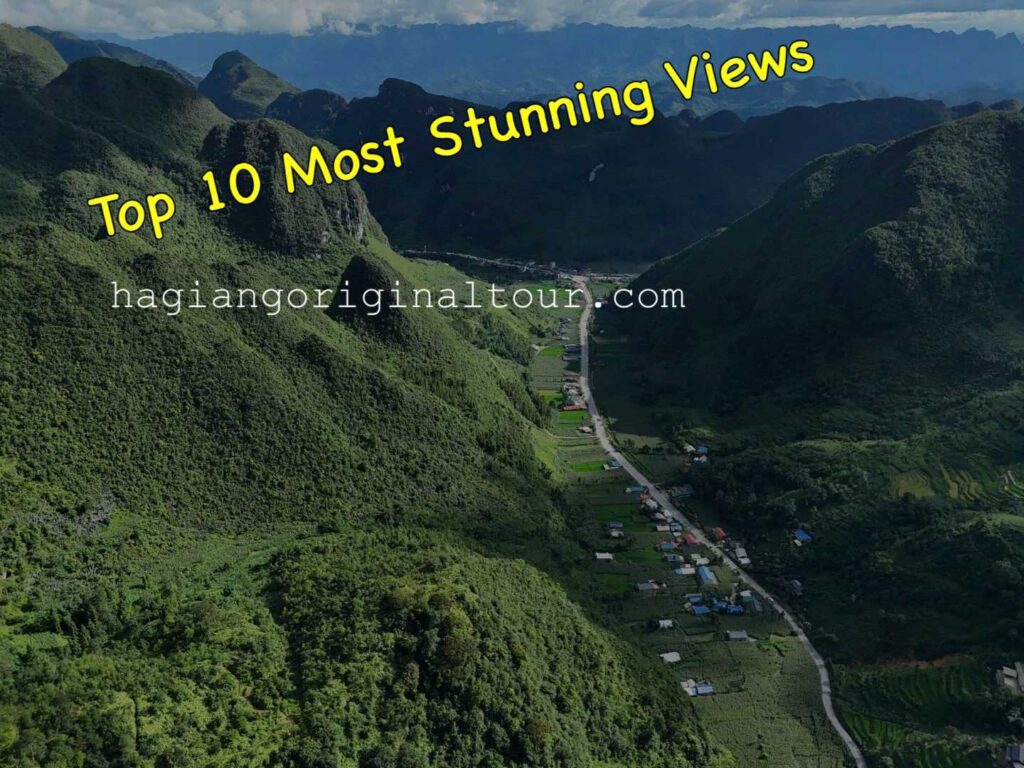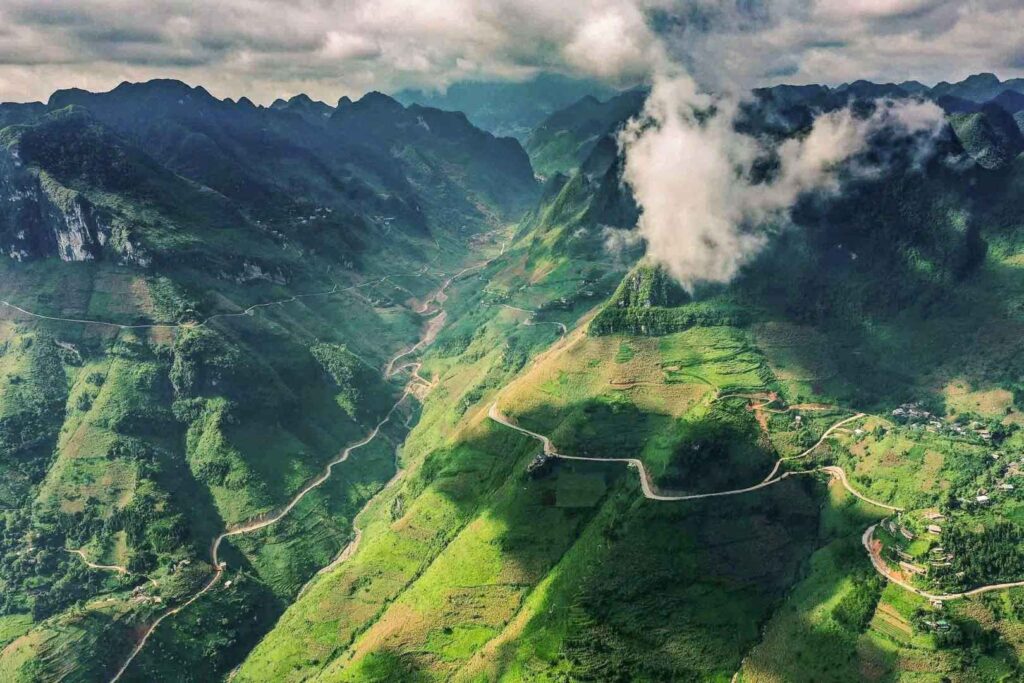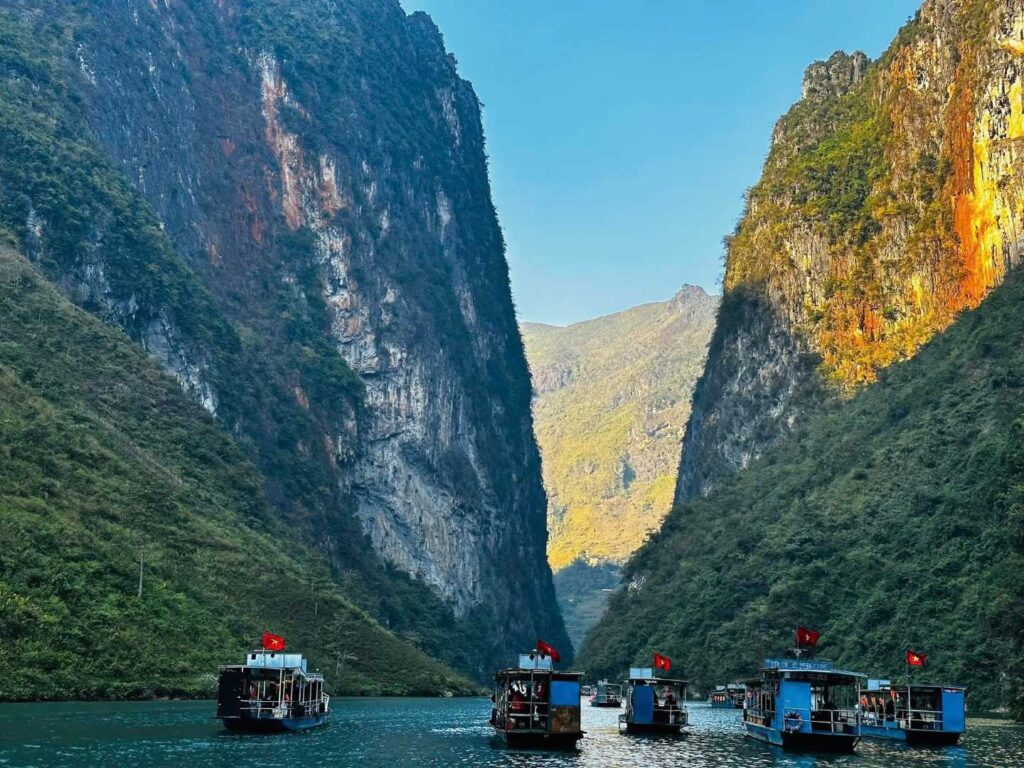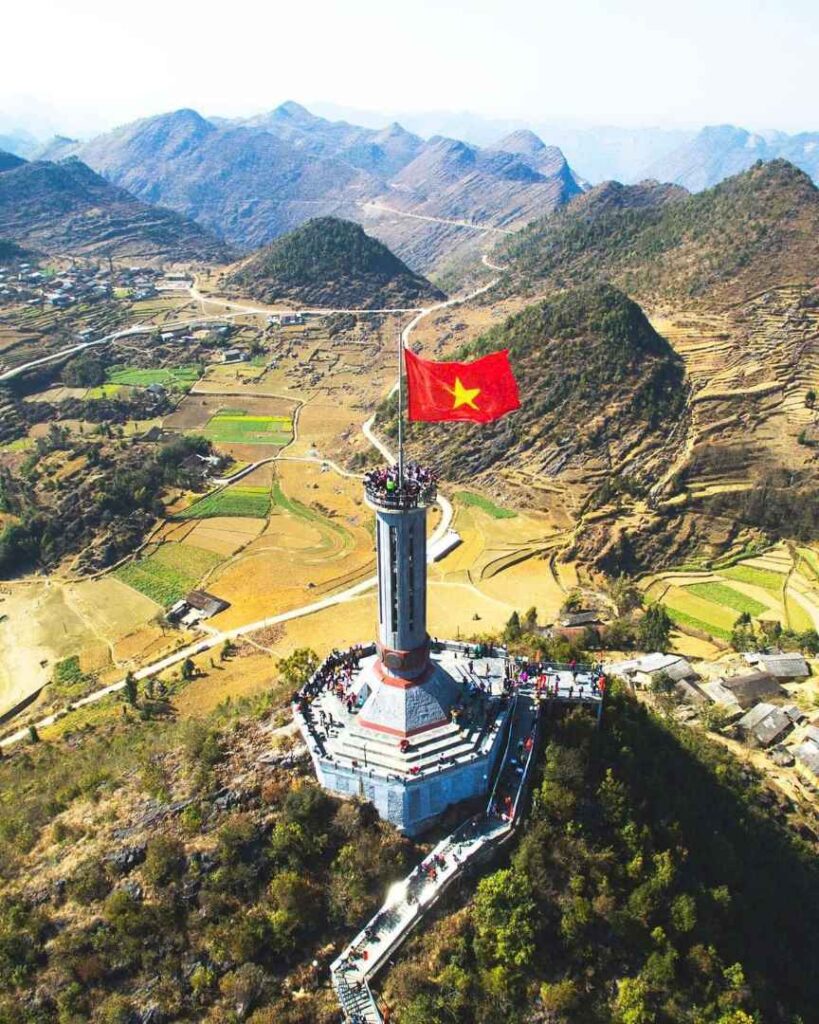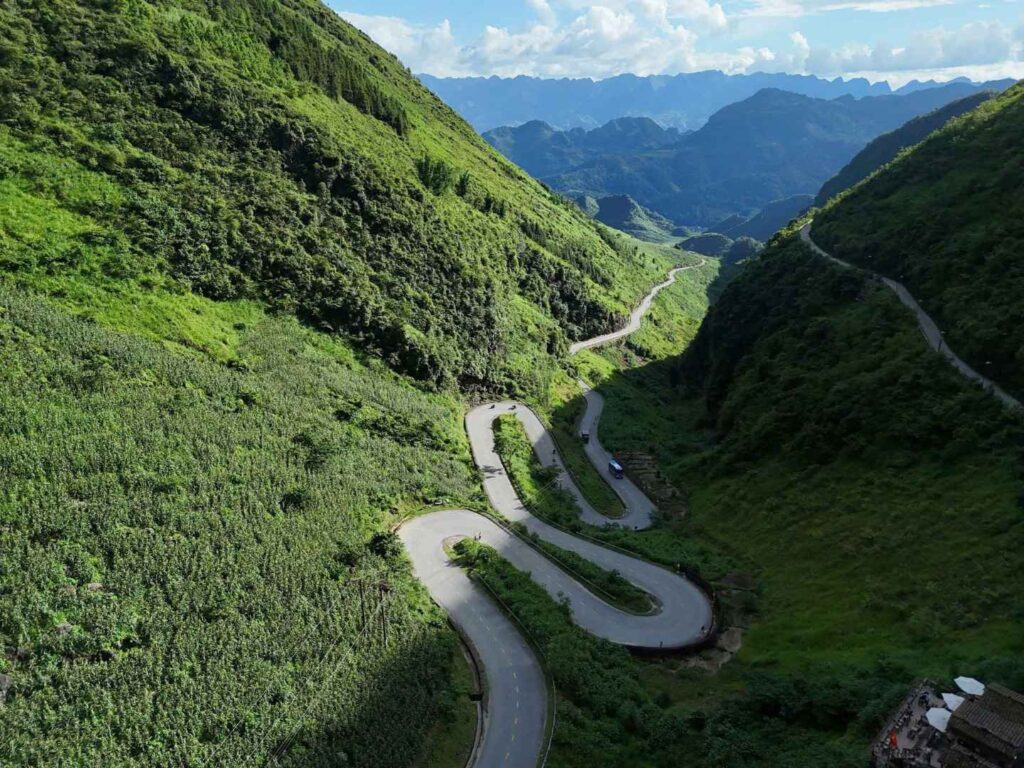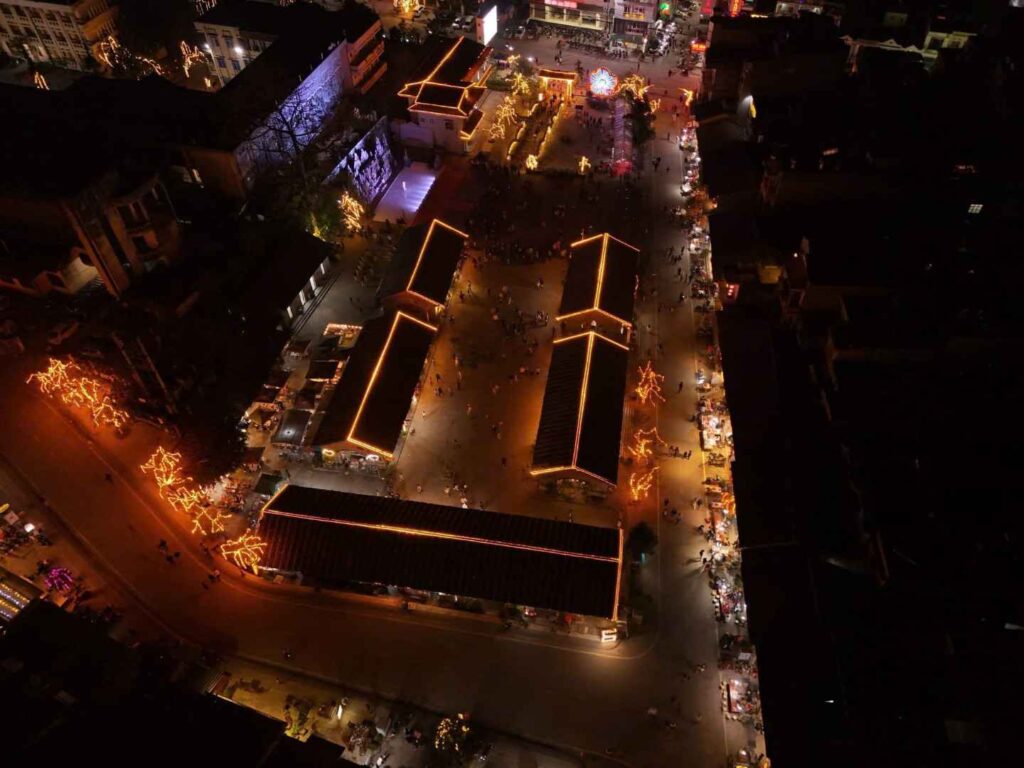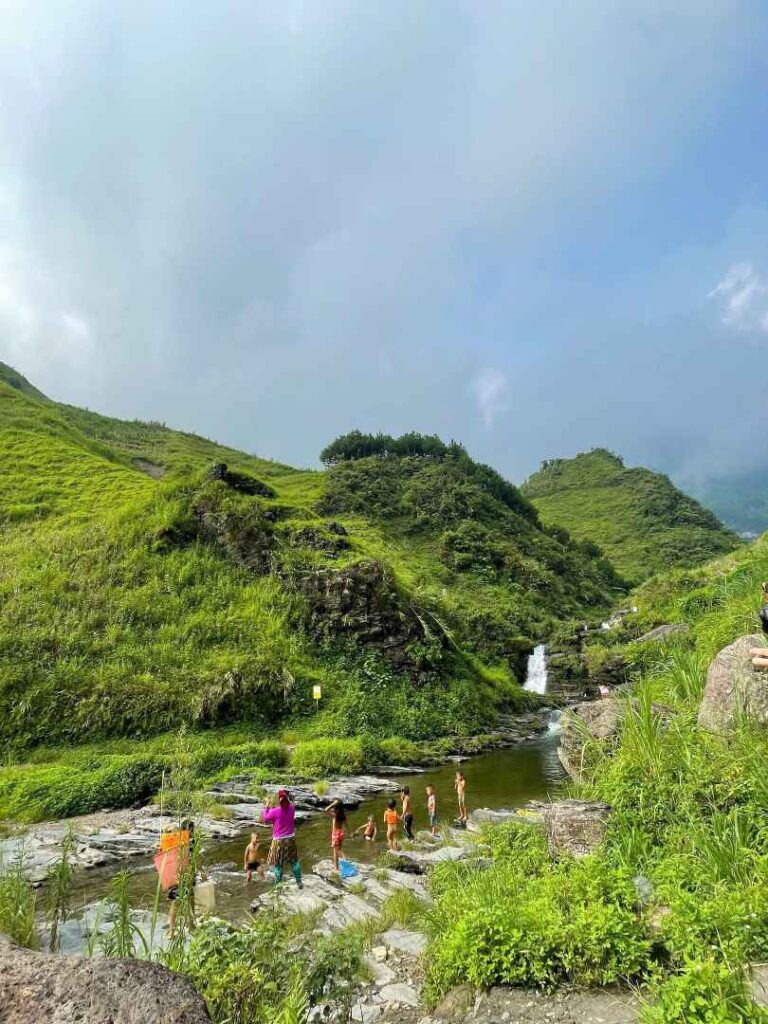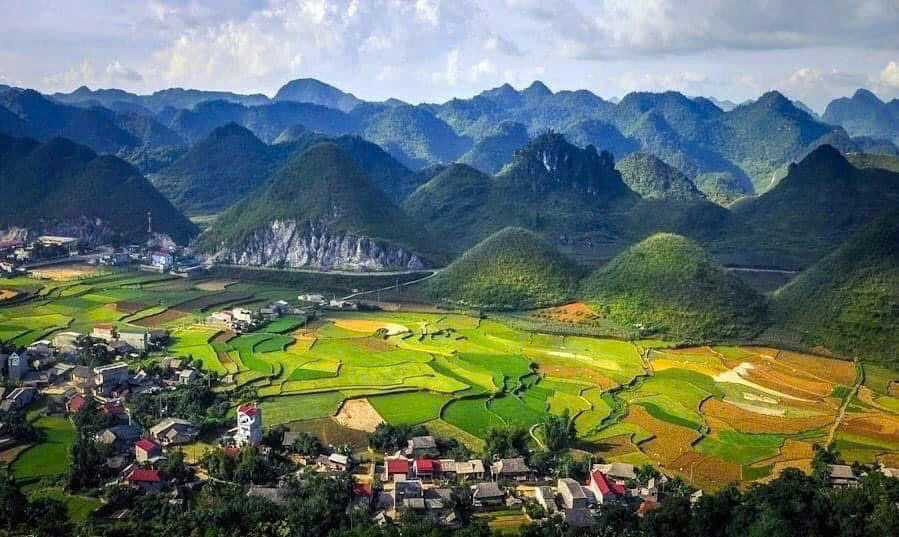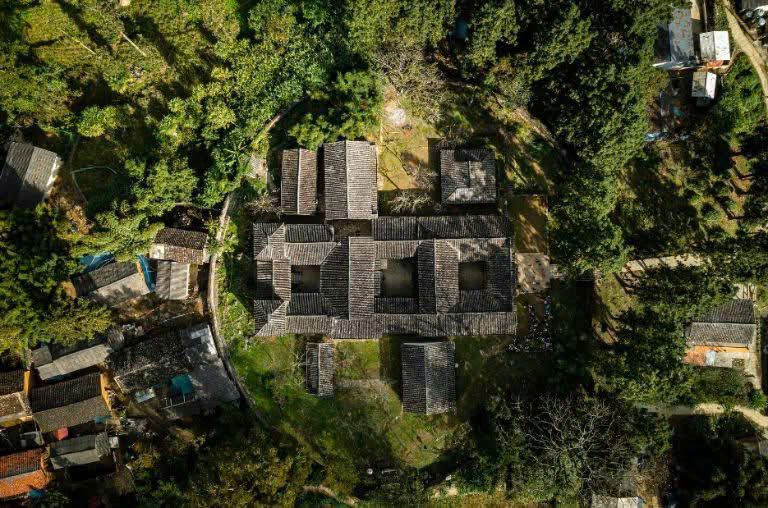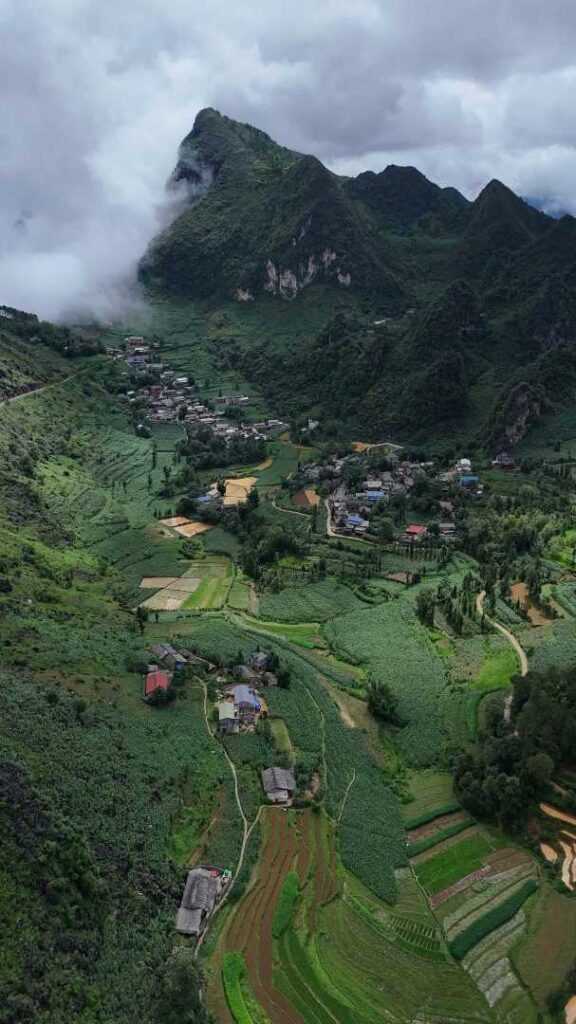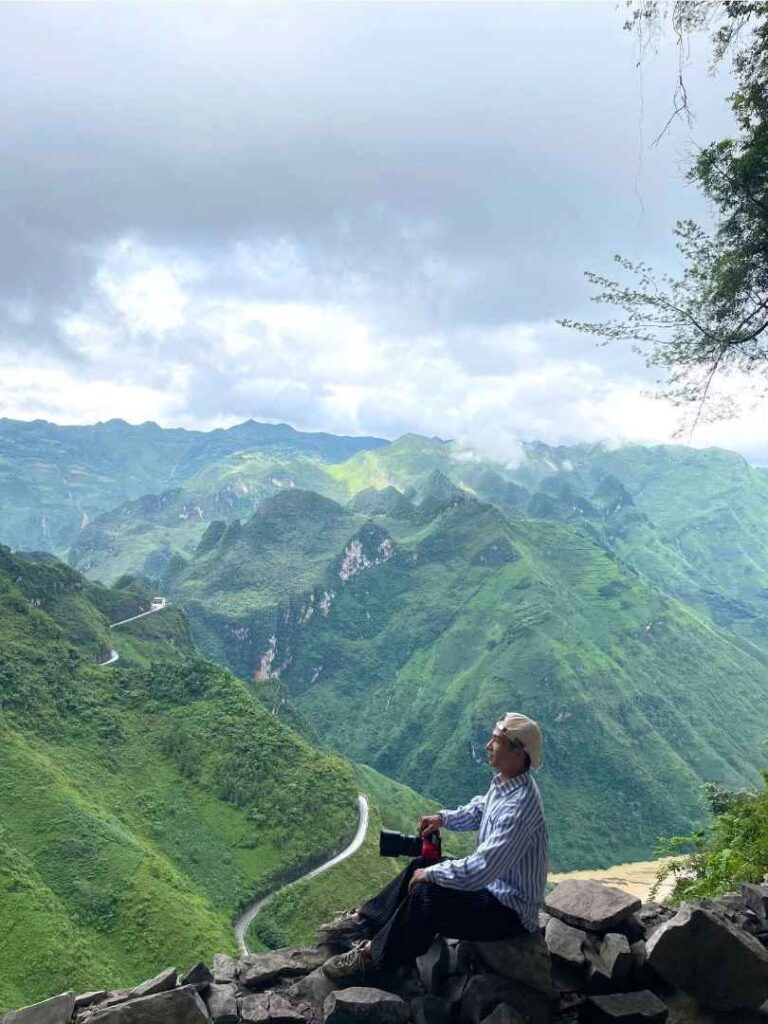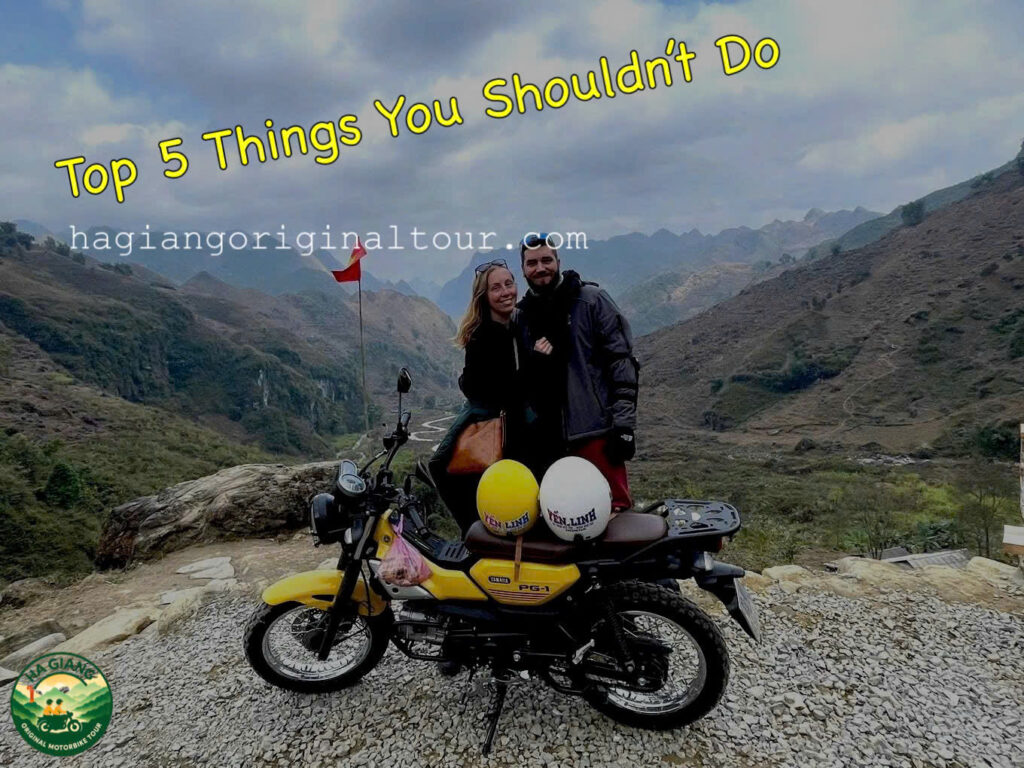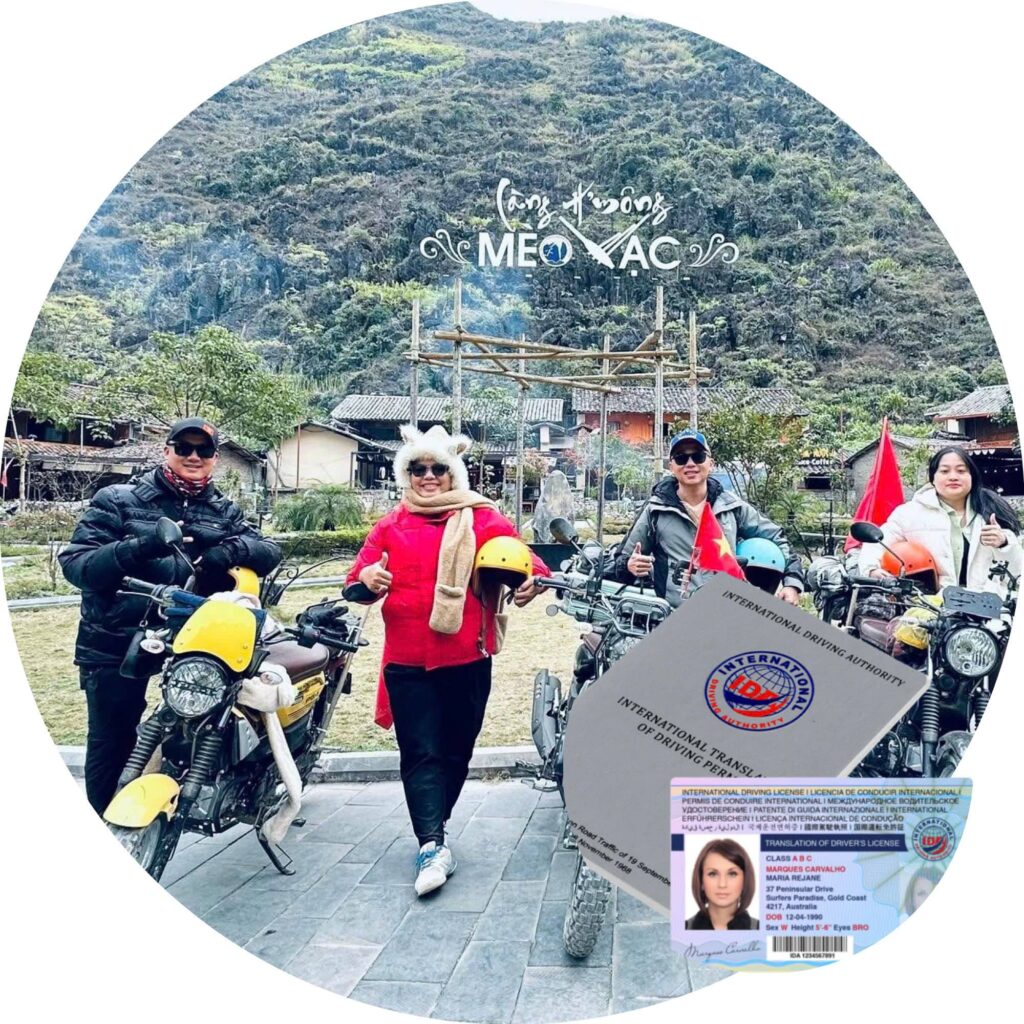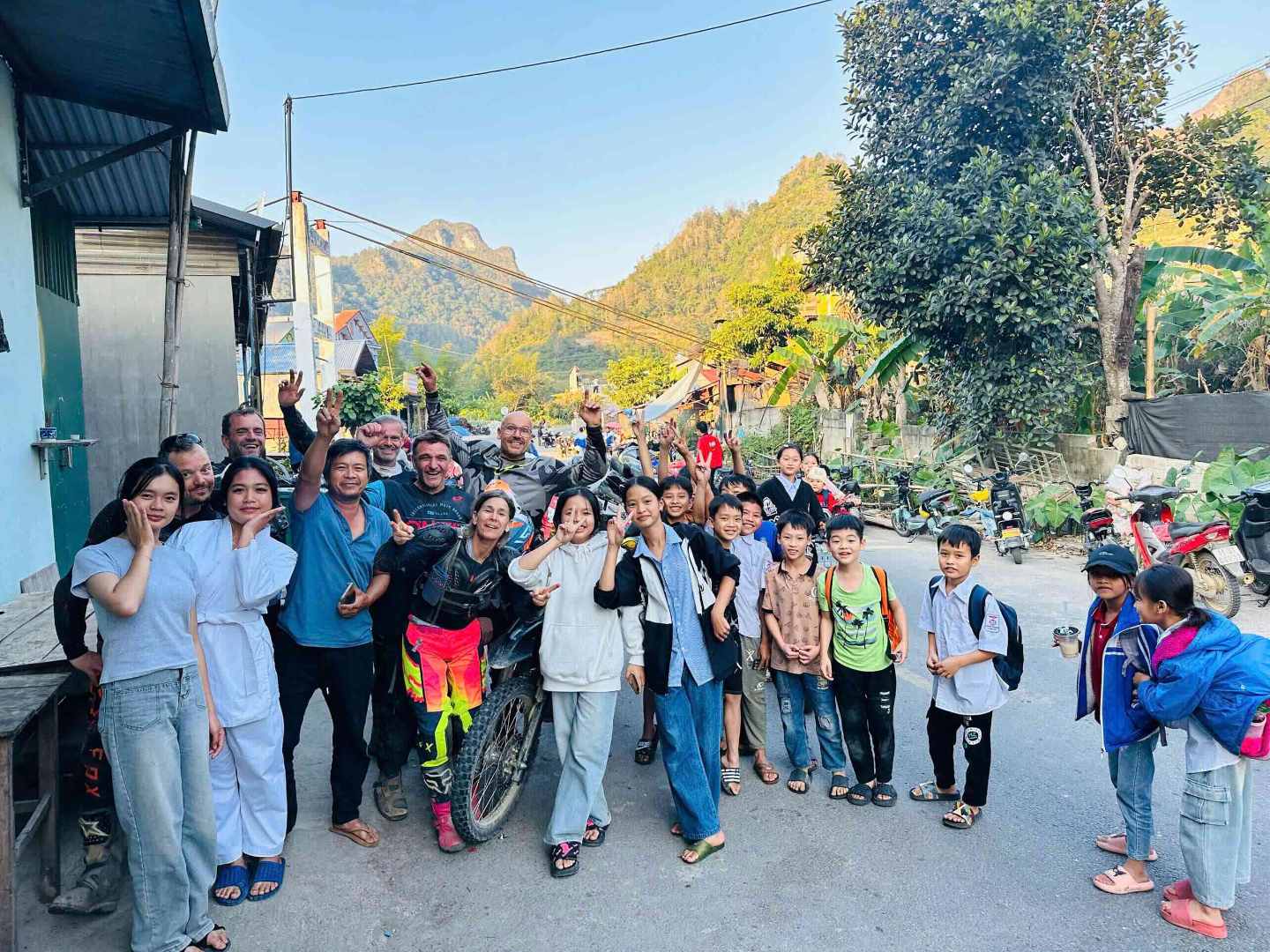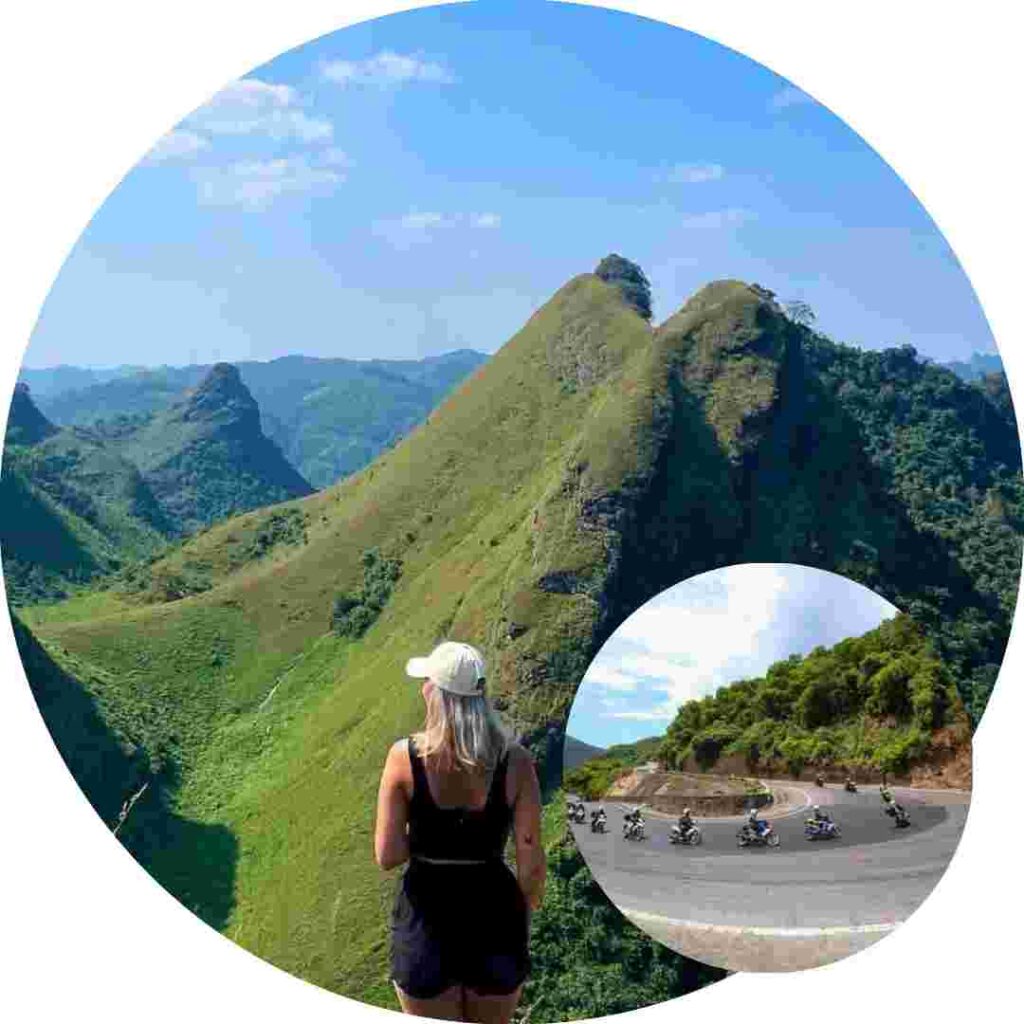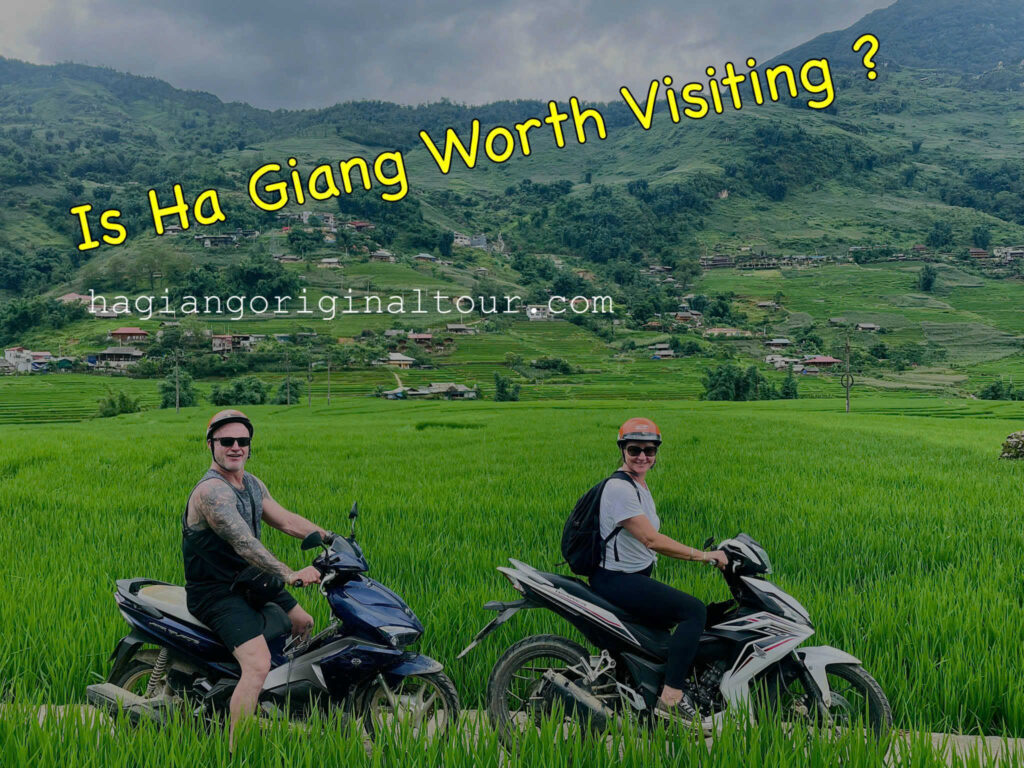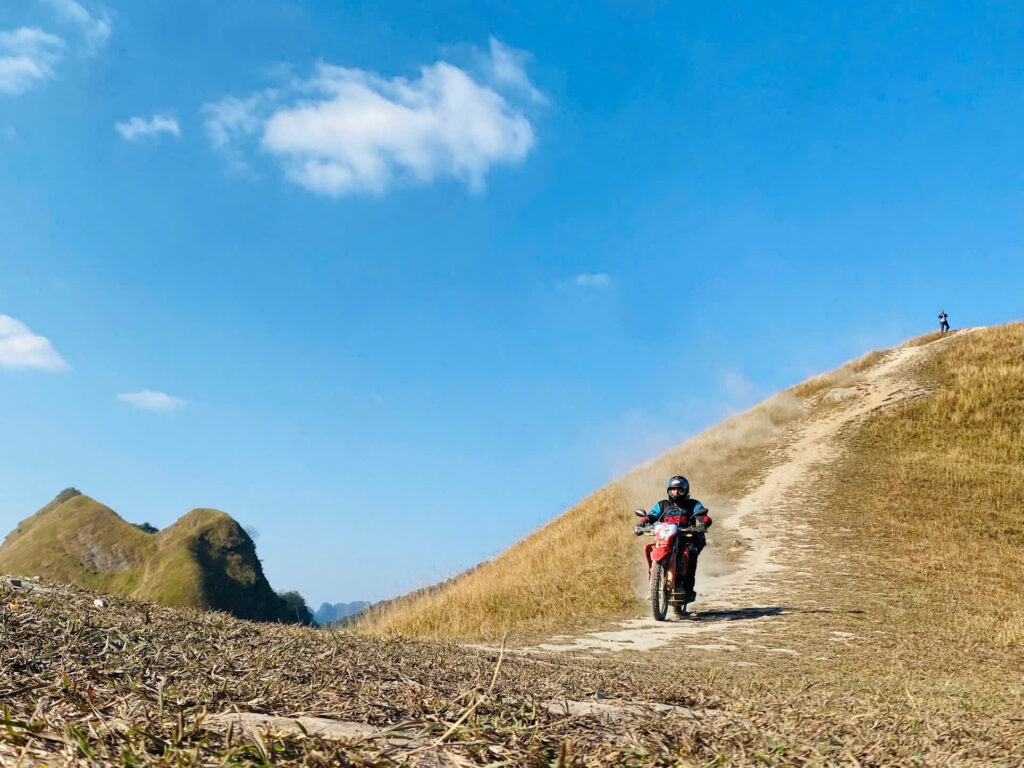Ha Giang Loop 2 Day Tour – Explore the Best Spots in 2 Days

Ha Giang Loop 2 Day Tour is one of the most incredible short journeys to explore the majestic beauty of Northern Vietnam. In just 2 unforgettable days, you will witness all the most iconic highlights of Ha Giang—Ma Pi Leng Pass, Tu San Canyon, Meo Vac, Dong Van, Tham Ma Pass, M-Slope, Mountain Queen Palace, and more. You’ll ride through authentic ethnic villages of the H’Mong and Red Dao people, surrounded by the dramatic limestone mountains of the UNESCO Global Geopark – Dong Van Karst Plateau.
If you want to experience the legendary Ha Giang Loop but don’t have much time, this 2-day itinerary is the perfect choice. It is thoughtfully designed to balance breathtaking landscapes, cultural immersion, and a relaxing overnight stay at a traditional homestay where you will enjoy local cuisine and warm hospitality.
You can choose either self-driving or riding with an Easy Rider (a professional driver). Both options prioritize safety and comfort—making the tour suitable for every traveler, even beginners.
This is the ideal adventure for anyone looking to discover the true spirit of Ha Giang in a short yet unforgettable journey.
Ha Giang Loop 2 Day Tour
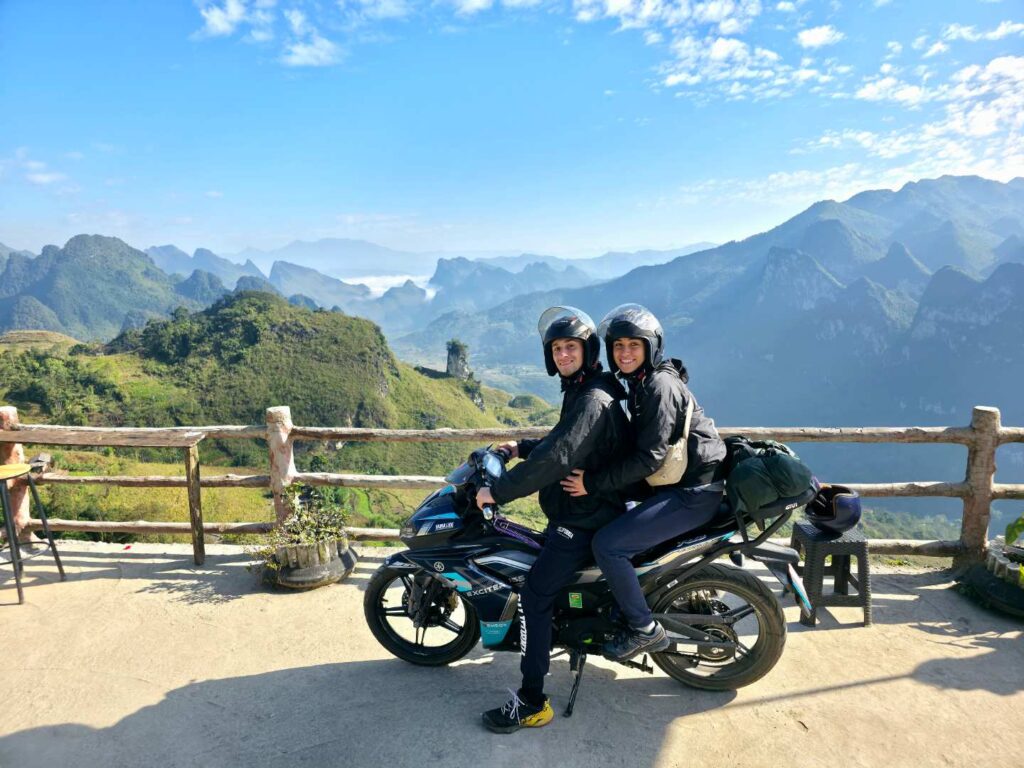
Why the Ha Giang Loop 2 Day Tour is a Must-Do
Two Days, Endless Wonders
Even with limited time, this tour lets you experience Ha Giang’s most stunning sights—Ma Pi Leng Pass, Tu San Canyon, Meo Vac, Dong Van, Tham Ma Pass, and more. Picture yourself riding through dramatic limestone mountains and ancient valleys that will stay in your memory forever.
Designed for Every Traveler
Whether you’re seeking adventure, have never ridden a motorbike, want to immerse yourself in authentic ethnic culture, or just have a tight schedule, this tour fits perfectly. Everyone leaves with unforgettable stories.
Local Guides, Real Insights
Our passionate local guides share hidden gems, history, and cultural stories you won’t find in guidebooks. They make sure your journey is safe, smooth, and full of authentic experiences.
A Taste of Ha Giang
From thang co, “neck-hanging” pork, buckwheat cakes, and buckwheat wine, to the traditional dishes of the H’Mong, Dao, and Tay communities—this is more than a meal; it’s a journey through the flavors of Ha Giang.
Memorable Adventures, Authentic Connections
Ride, explore, taste, and connect. The Ha Giang Loop 2 Day Tour isn’t just a trip—it’s an adventure that touches your senses, your heart, and your spirit.
Ha Giang Loop 2 Day Tour – Detailed Itinerary
Day 1: Ha Giang – Quan Ba – Yen Minh – Dong Van
Highlights:
- Bac Sum Pass
- Quan Ba Valley
- Twin Mountains (Núi Đôi Cô Tiên)
- Yen Minh Pine Forest
- Tham Ma Pass
- Moon Surface
- Dong Van Old Town
Experience:
Your adventure begins with a breathtaking ride along the winding mountain passes of Quan Ba. Stop at the famous “Heaven Gate” and admire the Twin Mountains, a symbolic landmark of the region. Continue to Yen Minh, where you can immerse yourself in the tranquil pine forests and rolling green hills.
In the afternoon, journey onward to Tham Ma Pass and Dong Van, a town steeped in history, culture, and traditional architecture. Explore the Old Town, where narrow streets and centuries-old houses tell the story of Ha Giang’s rich heritage. In the evening, relax and unwind at a cozy homestay or hotel, savoring local cuisine with happy water ( Rice wine ) and the warm hospitality of the region.
Day 2: Dong Van – Ma Pi Leng Pass – Meo Vac – Thai An – Ha Giang
Highlights:
- Ma Pi Leng Pass – often called the most spectacular pass in Vietnam
- Tu San Canyon – the “deepest canyon in Southeast Asia”
- Meo Vac
- Nho Que River
- M Slope
Experience:
Day two is the highlight of the journey. Travel along Ma Pi Leng Pass, renowned as one of Vietnam’s most breathtaking mountain roads, with towering limestone cliffs and the winding Nho Que River far below.
For an unforgettable perspective, you can opt for a boat ride on the Nho Que River, offering a stunning view of Tu San Canyon from below.
In the afternoon, journey back to Ha Giang, bringing an end to a memorable 2-day adventure, filled with dramatic landscapes, cultural encounters, and authentic local experiences.
Who Should Join the Ha Giang Loop 2-Day Tour?
This tour is perfect for:
✔ Travelers with limited time
✔ Those unable to join a 3–4 day tour
✔ Anyone who wants to explore the most stunning highlights
✔ First-time visitors to Ha Giang
✔ Couples, friends, small groups, or solo travelers
Conclusion
The Ha Giang Loop 2 Day Tour is a short but complete journey, guaranteed to offer you the most amazing experiences in Ha Giang. From breathtaking natural landscapes to unique local culture, every moment of the trip leaves an unforgettable impression.

